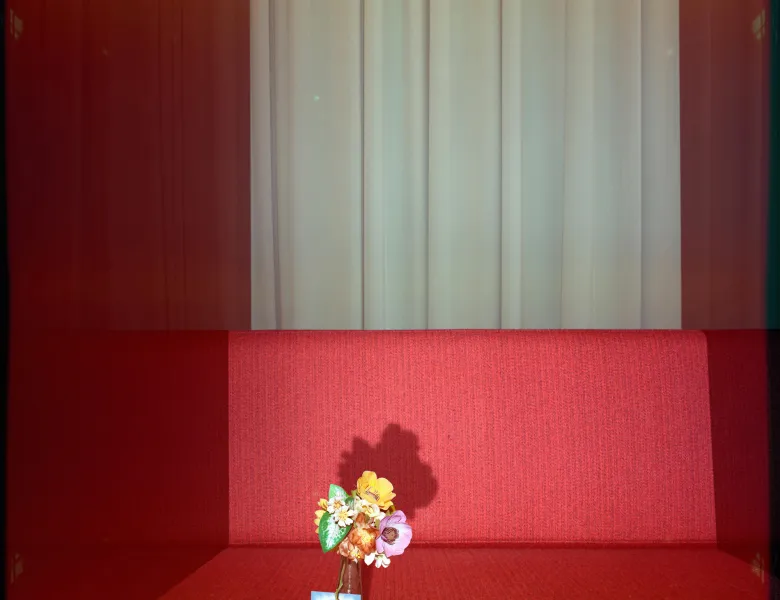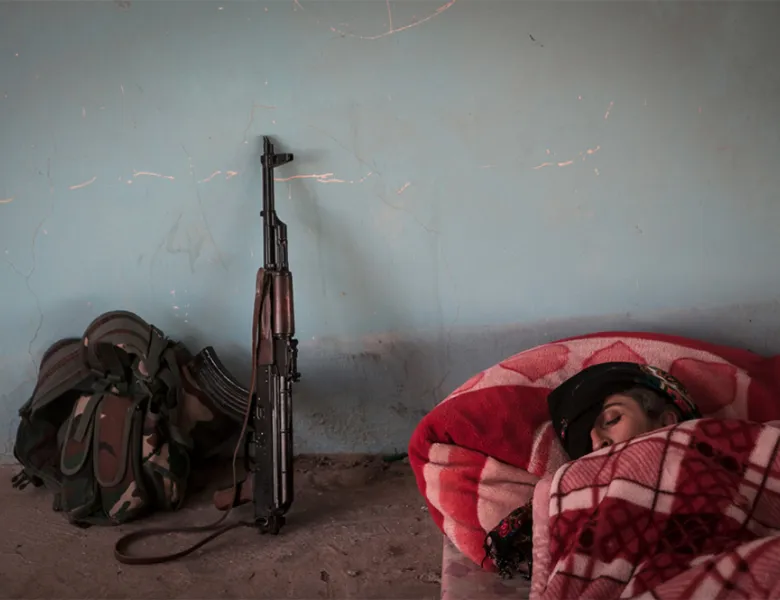Oil Exploration in the Arctic - Christian Aslund
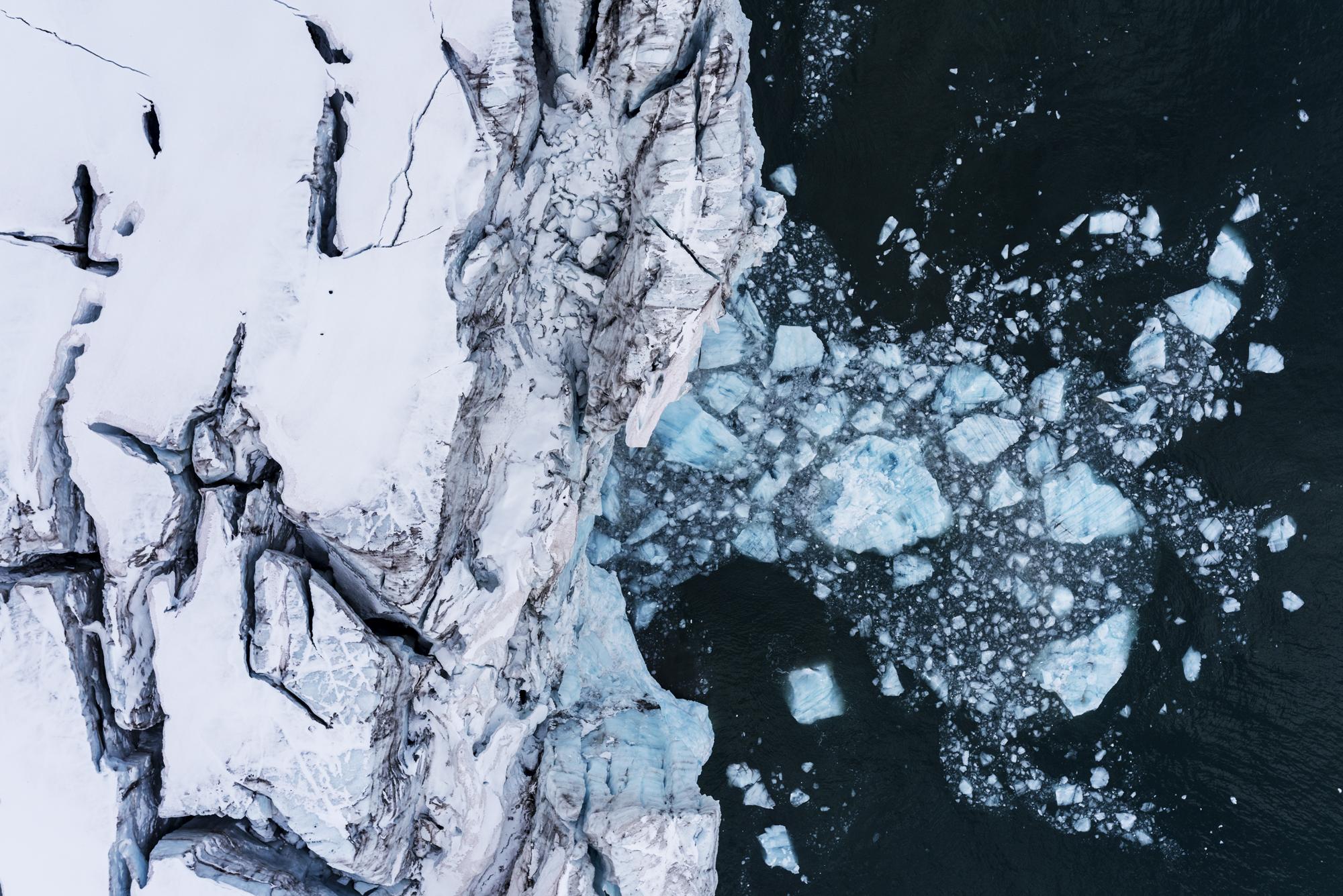
Christian Aslund is a Swedish photographer based in Stockholm. He is shortlisted in the Campaign category of the 2016 Sony World Photography Awards with his series ‘Dead End - oil exploration in the Arctic’.
Christian has a background as a photojournalist working for newspapers, magazines and NGO's, documenting a variety of conflicts, environmental and social issues. He also shoots commercial and editorial photography, capturing life’s moments with a twist.
This is Christian’s 2nd time being shortlisted for the Sony World Photography Awards. In 2013 he won the campaign category with his advertise campaign ‘Honkey Kong’.
Hi Christian. Tell us more about your series ‘Dead End - oil exploration in the Arctic’
The series 'Dead End' was shot on Greenland in August and September 2015, as an assignment for Greenpeace Save the Arctic campaign to raise awareness about ongoing oil exploration in the Arctic and how climate change and the melting of Arctic ice will affect the whole world. Climate change is taking its toll on the planet and its inhabitants and nowhere else is this more visible than in the Arctic. The region is warming twice as fast as anywhere else on earth, and over the last few decades its sea ice has experienced a dramatic decline. It’s a bitter irony that this profound change is seen not as a stark warning, but instead an opportunity for governments and oil companies to drill for the same oil that caused the melting in the first place.
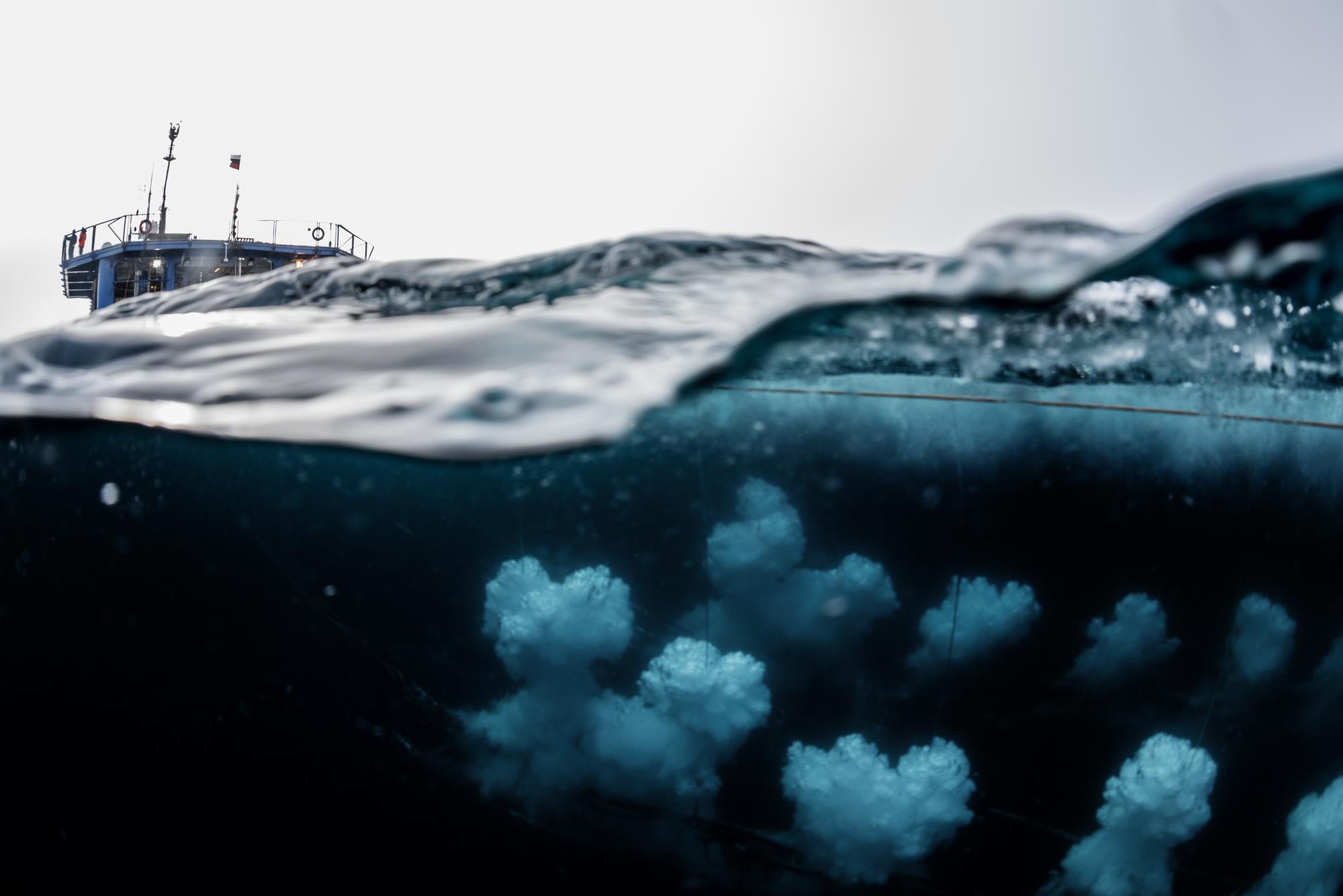
How important do you think photography’s role is in shaping the climate change debate?
There are few people who have the ability to be in places like Greenland, Svalbard or other remote places in the Arctic and be able to witness the changes firsthand. Alarming reports are hard to grasp but when being visualised with symbolic images of disappearing glaciers, starving polar bears or the global impact with hurricanes, drought, flooding and disappearing Island nations, it then becomes real. Hopefully it is obvious to most people that climate change is a reality today, and that we need to act before it's too late. Still we need to be reminded what is happening right now.
How did you come to work for NGO’s? How does this differ from your newspaper work?
I came in contact with Greenpeace in 1998 as a part of my studies and have been working for them on a contract basis since then. I have also done other assignments for various international NGO’s and grassroots organizations. It’s driven by the same photojournalistic principles as you have working for a newspaper but one of the advantages is that you often can get better access to the culture, people or places than you normally would by working with one issue for a longer period of time. Very few newspapers have those resources nowadays.
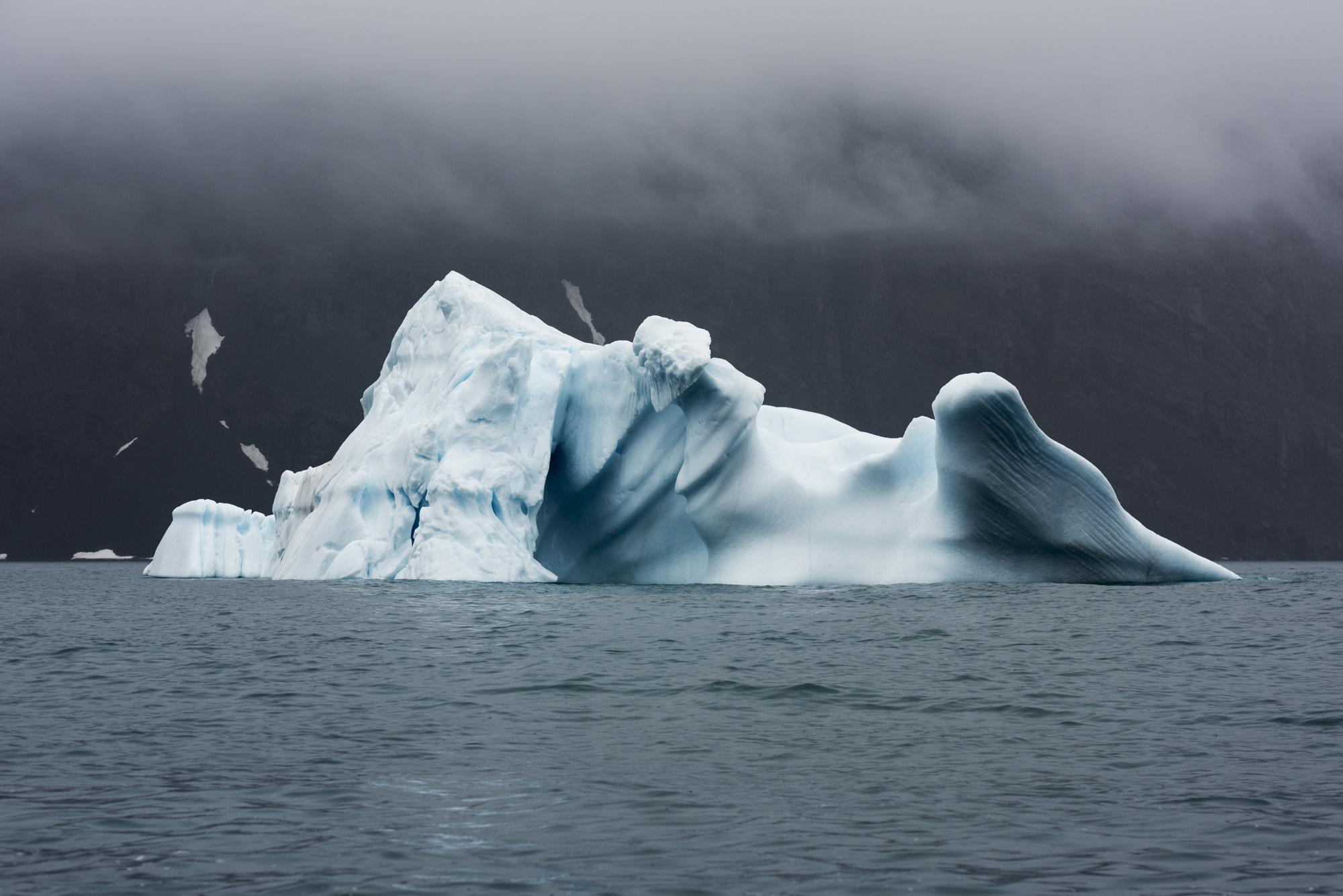
Do you have a photographic philosophy?
I’m just happy when I have the opportunity to be part of something that hopefully can influence and change something for the better and at the same time have fun when I work to try and find a visual language.
What’s next for you?
I’m currently on location in Japan working on a longer project about the situation in Fukushima. In mid-March, it is five years since the nuclear disaster happened. TEPCO, Tokyo Electric Power Company, is trying to decontaminate the villages and towns surrounding the nuclear power station and offer people a possibility to go back in 2017. At that time the victims will then loose their chance of the small economical compensation they now are receiving. The area is still radioactive and people should not indirectly be forced to move back there.
christian.se
Christian Aslund is a Swedish photographer based in Stockholm. He is shortlisted in the Campaign category of the 2016 Sony World Photography Awards with his series ‘Dead End - oil exploration in the Arctic’.
Christian has a background as a photojournalist working for newspapers, magazines and NGO's, documenting a variety of conflicts, environmental and social issues. He also shoots commercial and editorial photography, capturing life’s moments with a twist.
This is Christian’s 2nd time being shortlisted for the Sony World Photography Awards. In 2013 he won the campaign category with his advertise campaign ‘Honkey Kong’.
Hi Christian. Tell us more about your series ‘Dead End - oil exploration in the Arctic’
The series Dead End was shot on Greenland in August and September 2015, as an assignment for Greenpeace Save the Arctic campaign to raise awareness about ongoing oil exploration in the Arctic and how climate change and the melting of Arctic ice will affect the whole world. Climate change is taking its toll on the planet and its inhabitants and nowhere else is this more visible than in the Arctic. The region is warming twice as fast as anywhere else on earth, and over the last few decades its sea ice has experienced a dramatic decline. It’s a bitter irony that this profound change is seen not as a stark warning, but instead an opportunity for governments and oil companies to drill for the same oil that caused the melting in the first place.
How important do you think photography’s role is in shaping the climate change debate?
There are few people who have the ability to be in places like Greenland, Svalbard or other remote places in the Arctic and be able to witness the changes firsthand. Alarming reports is hard to grasp but when being visualized with symbolic images of disappearing glaciers, starving polar bears or the global impact with hurricanes, drought, flooding and disappearing Island nations then it becomes real. Today it is hopefully obvious to most people that climate change is a reality and that we need to act before it's too late. Still we need to be reminded what is happening right now.
How did you come to work for NGO’s? How does this differ from your newspaper work?
I came in contact with Greenpeace already in 1998 as a part of my studies and have been working for them on a contract basis since then. I have also done other assignments for various international NGO’s and grassroots organizations. It’s driven by the same photojournalistic principles as you have working for a newspaper but one of the advantages is that you often can get better access to the culture, people or places than you normally would by working with one issue for a longer period of time. Very few newspapers have those resources nowadays.
Do you have a photographic philosophy?
Not really, I’m just happy when I have the opportunity to be part of something that hopefully can influence and change something for the better and at the same time have fun when I work by trying to find a visual language that I think works.
What’s next for you?
I’m currently on location in Japan working on a longer project about the situation in Fukushima. In mid-March, it is five years since the nuclear disaster happened. TEPCO, Tokyo Electric Power Company, is trying to decontaminate the villages and towns surrounding the nuclear power station and offering people a possibility to go back already in 2017. At that time the victims will then loose their chance of the small economical compensation they now are receiving. The area is still radioactive and people should not indirectly be forced to move back there.
London's hottest ticket in photography
Following its sell-out run in 2015, the Sony World Photography Awards Exhibition returns to Somerset House, London this April and May.
Please choose from the following ticket options:






